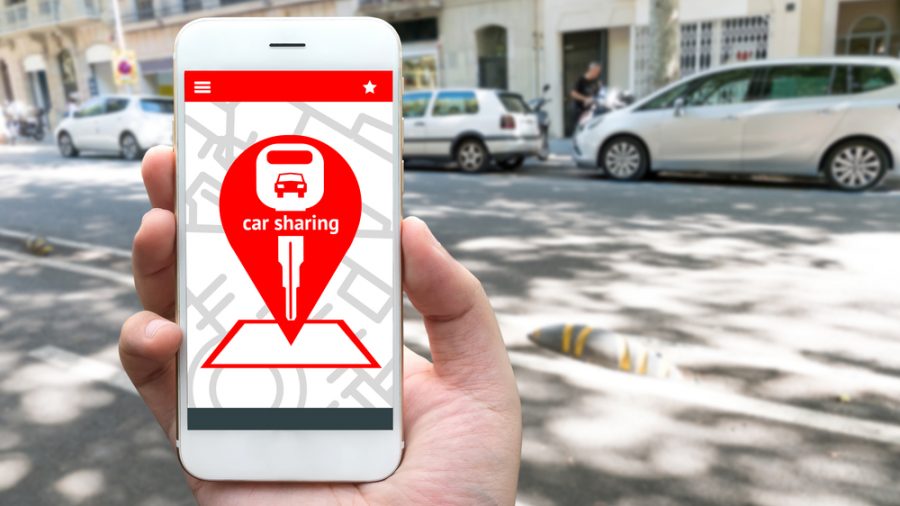It appears ridesharing is not all it was cracked up to be. Half of Australian drivers quit within three months of joining, mostly because of low pay. Many struggle to achieve even an hourly rate of $16. Meanwhile, taxi drivers are complaining bitterly about the effects of Uber and others on their business.
What is ridesharing?
Many people know ridesharing by brand names like Taxify, GoCatch, Ola, Uber or DiDi. Others call it ride-sourcing or ride-hailing. It means using your own vehicle to give paying passengers a ride. This trend has upset the taxi industry. It has increased the supply of vehicles while charging travellers lower prices without, until recently, any regulation.
Ride Share Drivers’ Association of Australia says there are now 90,000 drivers in Australia. It claims most drivers cannot even earn $16 per hour, compared to the current minimum wage of $18.93. The organisation blames low pay, commissions (27.5% for Uber, 15% for Ola or Taxify) and fuel costs. It recognises driver fatigue is a problem, because they have to work such long hours to earn a living.
Uber in trouble
Uber was first into ridesharing and so takes the most flak. For example, the UK courts just ruled against Uber in a finding that drivers are employees, not contractors. The company must pay the minimum wage. It must also pay around $31,700 in backpay and entitlements to each driver. So far, Uber will not have to take any action because it has appealed to the Supreme Court.
Meanwhile in Australia, Maurice Blackburn is starting a class action against Uber for drivers of taxis, hire cars and limousines. Drivers all over Australia must register before 15 February 2019. Timing for the action is important. Drivers in NSW must have been licensed between 1 April 2014 and 17 December 2015.
The problem of fatigue is more complicated as many drivers work for more than one rideshare company. This means no company has control over how many consecutive hours each driver works. Some have a day job and then work as drivers at night. This increases their chances of fatigue and having an accident.
What are they really up to?
Rideshare companies may have other, bigger interests in mind. For example, DiDi describes itself as “a data company that relies on AI capabilities to advance new mobility solutions and breakthroughs in transportation technology”. Uber claimed in court it is not a transport company at all, but a technology firm providing a “smartphone and technological platform” to match up drivers and travellers.
Analysts say DiDi and Uber want to own and manage huge quantities of valuable driving data so they can streamline all forms of urban transport, not just cars. Meanwhile, their drivers are contributing to this store of information while being paid low wages to drive.
Green slips for rideshare
Until rideshare was regulated in 2017, owners paid the same Class 1 premium as someone who does not use their vehicle for rideshare. Now the government has introduced dynamic pricing, which applies according to the distance that people drive.
Ridesharing drivers continue to pay the same CTP premium as other passenger vehicles. But since 1 April 2018, they also pay 10 cents per kilometre or, if the journey started in a country region, 6.6 cents per kilometre.
Drivers of taxis pay a much lower initial CTP premium than before rideshare regulation but, in the first half of 2019 will start to pay the same rate per kilometre as rideshare. This means taxis and rideshare will pay a fairer share for their greenslips.


your opinion matters: